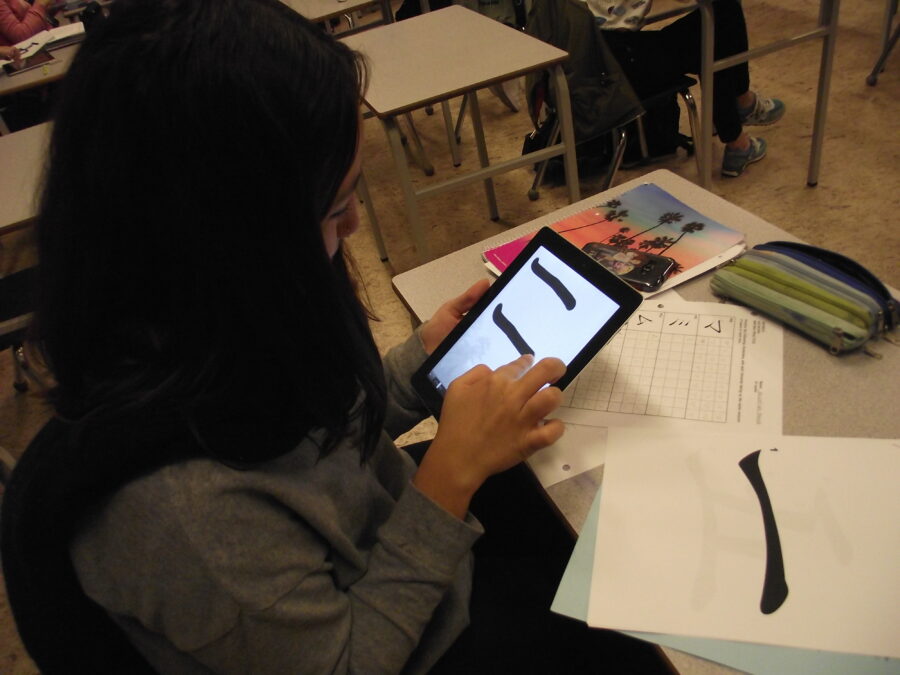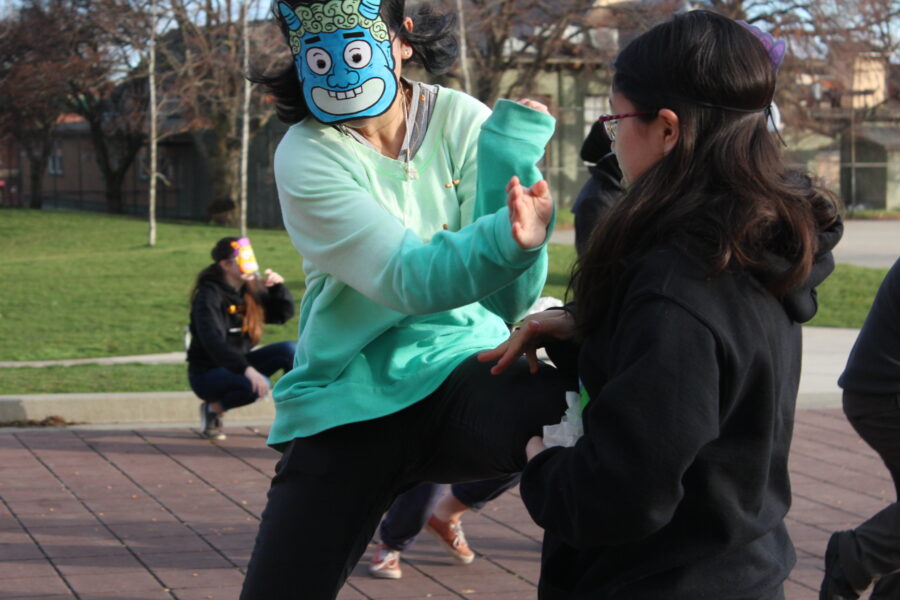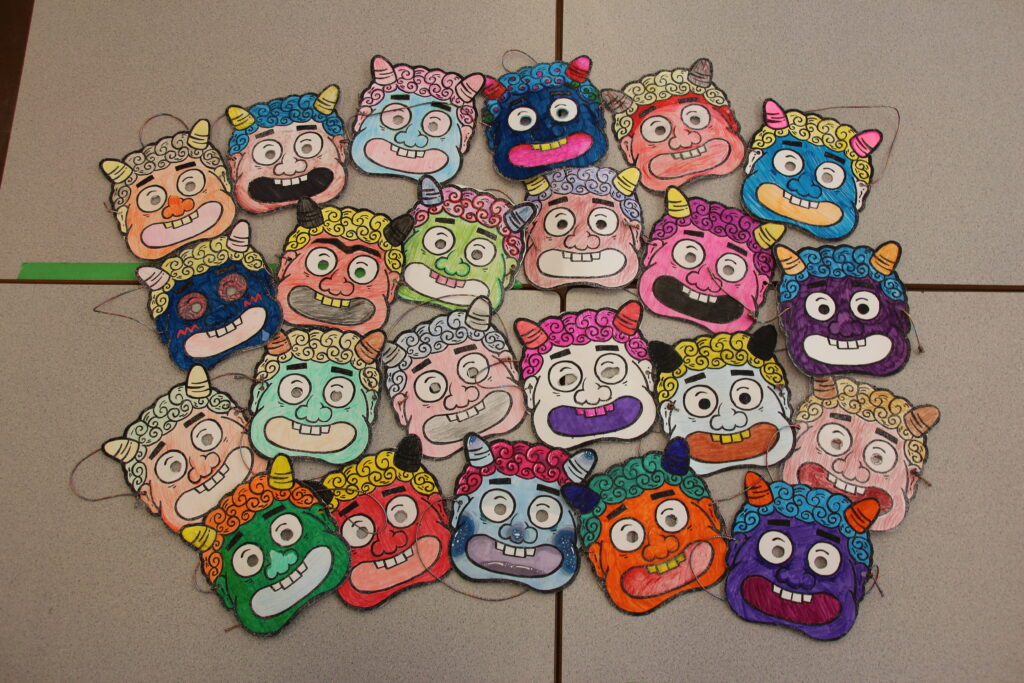

Engaging students’ thinking through relevance and challenge. Cognitive engagement distinguishes itself from behavioural and emotional engagement in that cognitive engagement focuses on the intellectual stimulation that challenges students to solve problems, seek answers, explain, synthesize, and extrapolate, among other strategies.
Every teacher designs lesson plans around challenging students to think. Possibly one of the most difficult aspects of that, however, is balancing the right amount of ease and difficulty in doing the activity. And since every student’s ability is different, for some it will be easy, and others difficult. Even if the activity is something none of the students have done before, some will understand more quickly than others. How then, to give the right amount of challenge to all? Give those who understand easily more work? Give them more challenging work? Getting more work is hardly a reinforcement for doing well. Let us back up for a second to focus on ease and difficulty.
If we assume that humans respond to operant conditioning even in the realm of cognition – that is, that they are more likely to repeat a behaviour if they are positively reinforced for it – then this may help to explain why students stop or continue to do an activity. A student who finds an activity very difficult to do, may not feel rewarded for the effort being put into doing the activity. As an example, a student who cannot solve the math equation may just “give up” and stop trying. At the same time, a student who easily solves the problem will likely move on to the next one. Connell and Wellborn (1991) looked at different factors that increase or decrease cognitive engagement, such as flexible vs. rigid problem solving, active vs. passive coping with failure, and preference for hard work vs. preference for easy work, among others. This indicates that teachers and students must try to find the “sweet spot” that makes an activity challenging enough not to be boring, and not so challenging that the reward of success is not enough to compensate for the effort to get there.
In my English class, I have given pairs of students a sheet with word puzzles on it. Their task as a pair is to solve as many of the puzzles as possible. This activity taps into students using collaborative strategies to problem-solve by using logic, analysis, synthesis, and other techniques to work out the solutions. The handout gives students five different word puzzles, and they can read in any order they choose, so not all pairs are necessarily reading the same puzzle. As each pair comes up with a solution, they raise their hand and I confirm or deny their solution. Often, they must “go back to the drawing board” to work out another method of solving the problem. The cognitive engagement is high, as they discuss with each other the reasons why some of their hypotheses are valid or not.
As with emotional engagement, cognitive engagement is high in inquiry projects. Since inquiry project topics are generally chosen by the student, the amount of challenge is also determined by the students. In an ideal scenario, the students take on a topic that presents them with the right amount of challenge.









